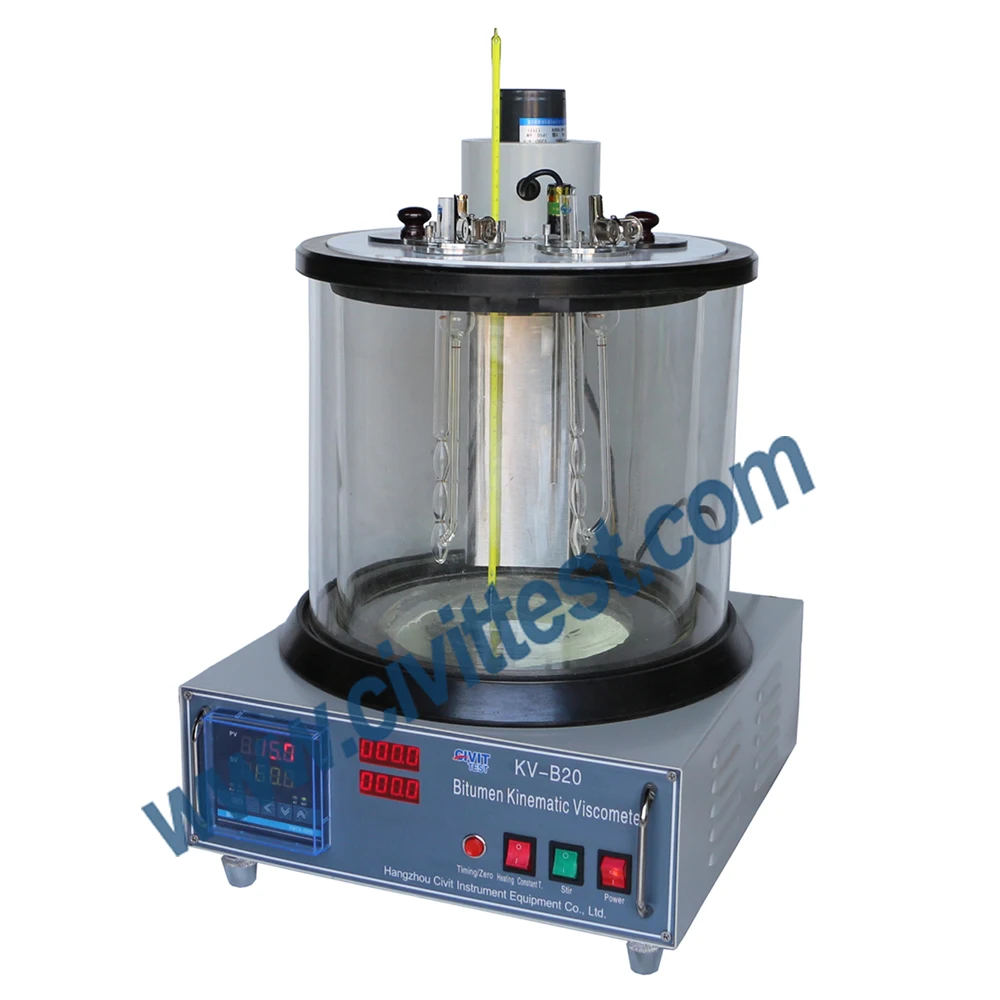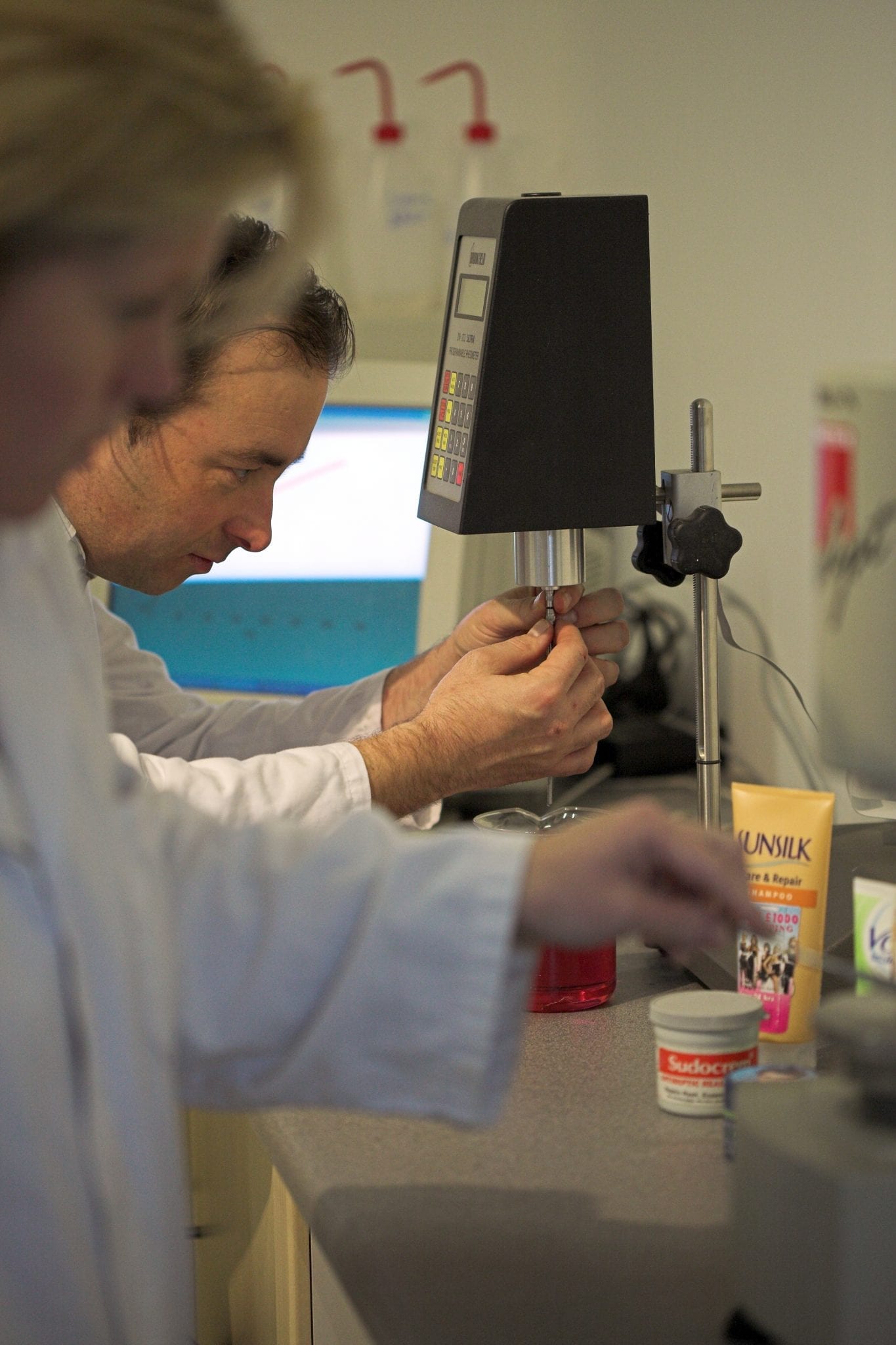

Well, if a preferred flow cup isn’t listed on the technical data sheet of the liquid you are testing, then typically you should select a cup that will give an estimated flow time of between 30 and 100 seconds. To test, you will need a flow cup, a flow cup stand, a glass plate and bubble level, a stopwatch, a thermometer with a liquid probe, and a container of your sample liquid - ensuring there is enough of a sample to more than fill the flow cup.


And they are available in a range of designs in accordance with National and International Standards, with various orifice diameters to suit different viscosities. There are a number of ways to measure the viscosity of a liquid, one of which is flow cups.Ī flow cup is a cup of a specified size and volume, with an overflow channel at the top, and a hole of a defined size in the bottom. The viscosities of paints, varnishes, and oils for example can be typically measured as part of a series of tests to ensure they are fit for purpose.

This correlation may be useful for anticipating the need for repeat plasmapheresis. Serum viscosity and electrophoresis are recommended before and after plasmapheresis in order to correlate viscosity and M-spike with patient symptoms. Hyperviscosity syndrome can also occur in multiple myeloma patients.īecause the ability of a monoclonal protein to cause hyperviscosity is affected by its concentration, molecular weight, and aggregation, sera with concentrations of monoclonal IgM greater than 4 g/dL, IgA greater than 5 g/dL, or IgG greater than 6 g/dL should be tested for hyperviscosity. The most common cause of serum hyperviscosity is the presence of large concentrations of IgM monoclonal proteins, and Waldenstrom macroglobulinemia accounts for 80% to 90% of hyperviscosity cases. Funduscopic examination reveals dilation of retinal veins and flame shaped retinal hemorrhages. Hyperviscosity may be manifested by nasal bleeding, blurred vision, headaches, dizziness, nystagmus, deafness, diplopia, ataxia, paresthesias, or congestive heart failure. Viscosity is the property of fluids to resist flow.


 0 kommentar(er)
0 kommentar(er)
